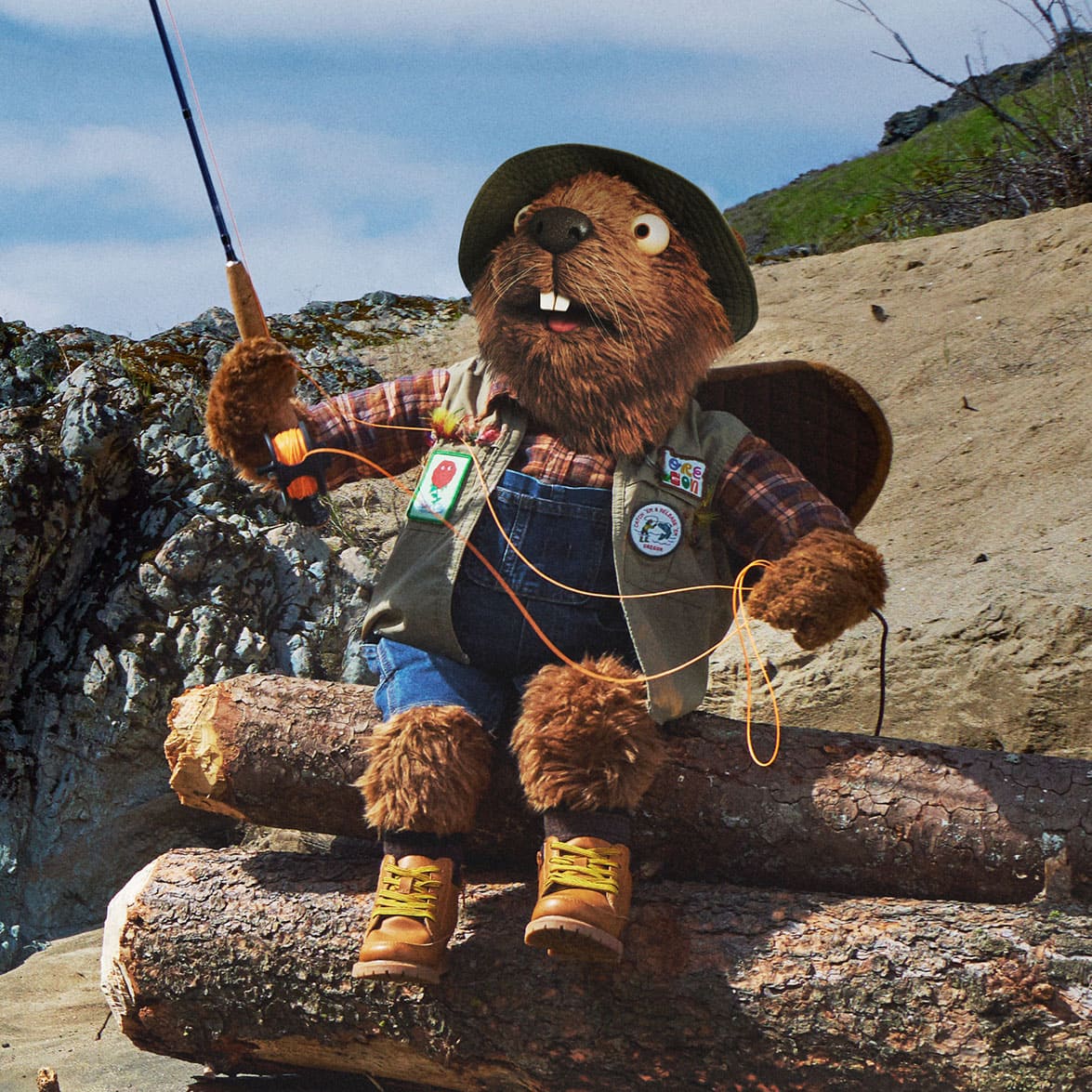Overview
Located in the high desert region of central Oregon, Perry South Campground sits on the shores of Lake Billy Chinook in Deschutes National Forest.
It is a popular destination for outdoor enthusiasts to enjoy the areas scenic beauty and year-round recreational activities.
Natural Features:
Lake Billy Chinook is the highlight of the area. The lake, created by Round Butte Dam, fills the canyons of the Crooked, Metolius and Deschutes Rivers.
Within these three large arms is 72 miles of shoreline, supporting fish habitats for bass, trout, salmon, whitefish, and a handful of suckers, minnows and dace.
Rugged hills and a diverse coniferous forest surround the lake, providing homes for mammals such as mule deer, coyote, black-tailed jackrabbit and cougars.
Recreation:
Hiking, fishing and motorized boating top the list of recreational activities for visitors.
Water enthusiasts of all types will enjoy the opportunities available at Perry South Campground. Motorized and non-motorized boats share the vicinity with swimmers and water skiers braving the cold, clear waters of Lake Billy Chinook.
Facilities:
Picnic areas, trails and scenic overlooks, along with the conveniences of firewood, drinking water and flush toilets, give visitors the opportunity to enjoy the outdoors in a comfortable camping environment.
The campground has a boat ramp, and dock space is available for tie up on two docks on a first come-first served basis.
Nearby Attractions:
Visitors may want to explore the Tam-a-lau Trail, a scenic hike that starts on a peninsula at the confluence of the Crooked River and the Deschutes River in Cove Palisades State Park.
Under the designation of a Wild and Scenic River, nearby Metolius River is nestled in a forested valley west of Mt. Jefferson. Its clear, cold and constant waters support flyfishing and whitewater boating.
Lava Lands Visitor Center in nearby Bend, Oregon, offers visitors the opportunity to learn about the diverse landscape and history of the area through interpretive programs and exhibits.
